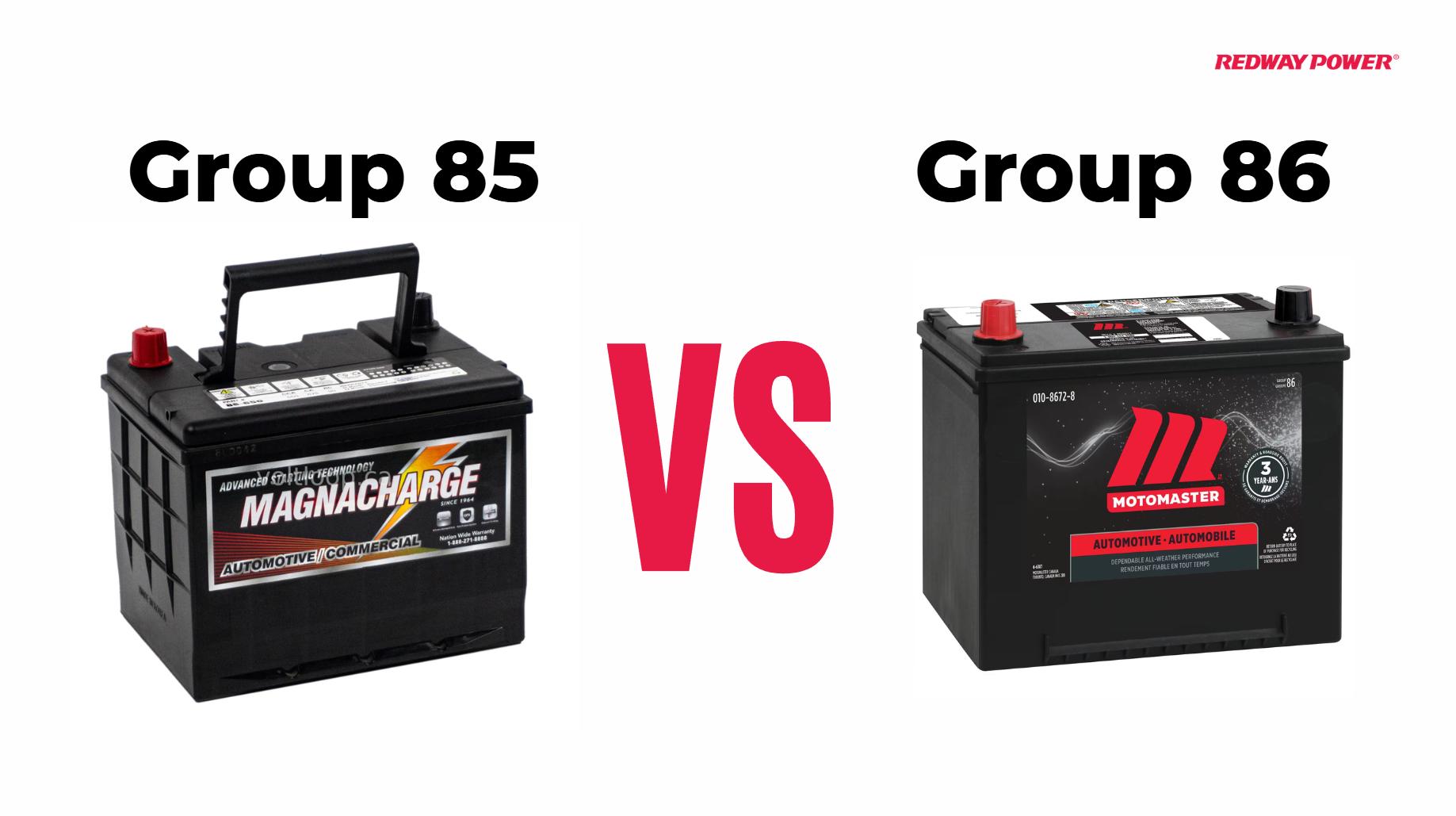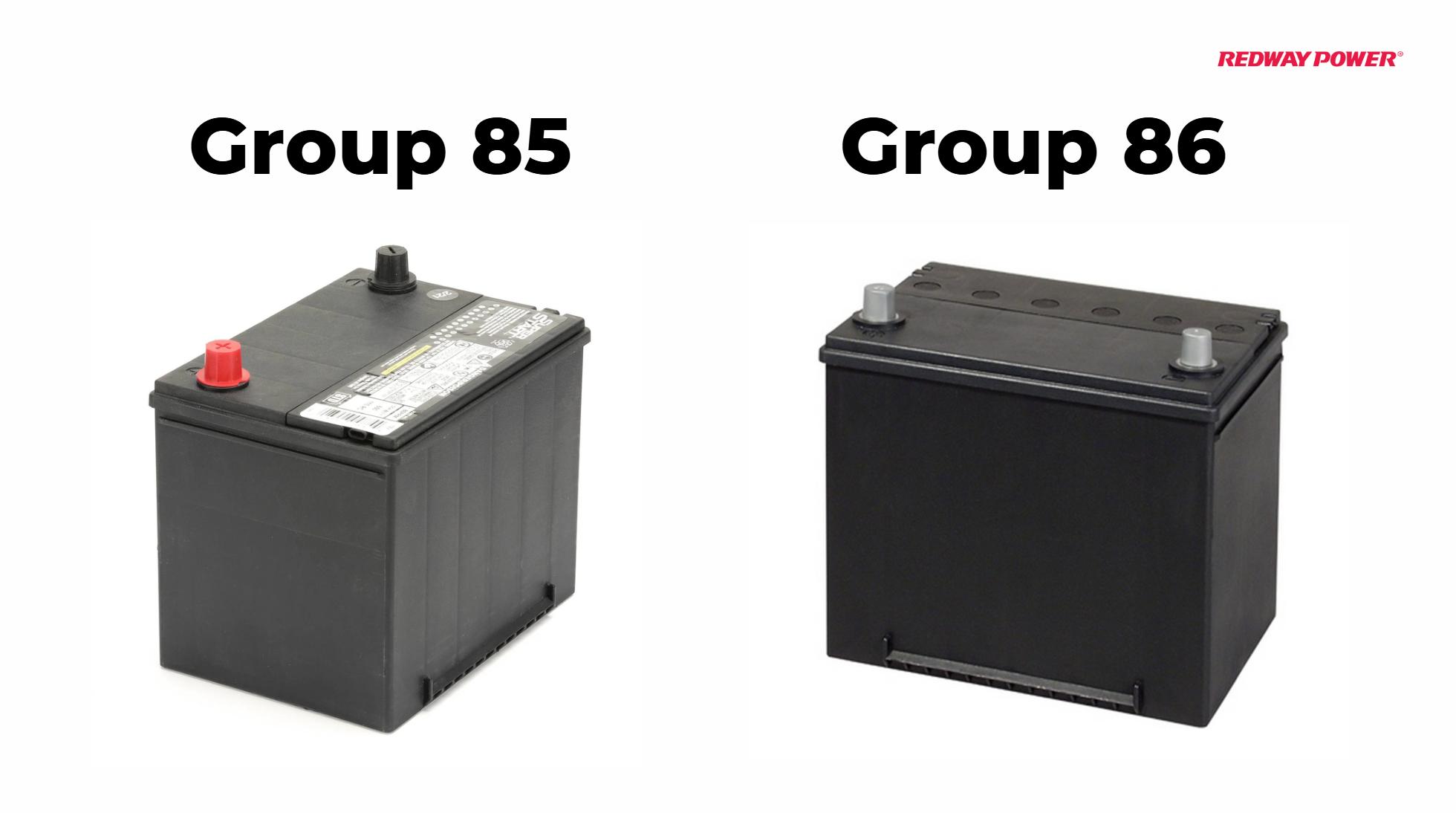Are Alkaline Batteries Unsuitable for High-Output Devices?
When choosing batteries for high-output devices, one might question the suitability of alkaline batteries. While they are widely available and affordable, their performance under demanding conditions has often been called into question. In this article, we will delve deep into the characteristics of alkaline batteries, exploring their limitations and comparing them with alternative options like lithium batteries. Our goal is to provide a comprehensive understanding of why alkaline batteries may not be the best choice for high-output devices, regardless of their size.
Yes, alkaline batteries are generally unsuitable for high-output devices. They experience rapid voltage drops under heavy loads, leading to reduced performance and shorter runtimes compared to lithium or NiMH batteries.
Understanding the Chemistry of Alkaline Batteries
Alkaline batteries operate on a chemical reaction between zinc and manganese dioxide. This reaction generates the electrical energy needed to power devices. However, the efficiency of this process is heavily influenced by the current load placed on the battery. When exposed to high current draws, the internal resistance of alkaline batteries leads to a rapid drop in voltage, which directly impacts performance.
Voltage Drop Under High Load
One of the most significant drawbacks of alkaline batteries is their tendency to experience a voltage drop under heavy load. This phenomenon occurs because the chemical reaction within the battery cannot sustain high current demands efficiently. As a result, devices that require consistent and substantial power output, such as high-lumen flashlights or digital cameras, often see a sharp decline in performance when powered by alkaline batteries.
Internal Resistance and Its Effects
The internal resistance of a battery is a critical factor in determining its suitability for high-output devices. In alkaline batteries, internal resistance increases as the battery discharges. This resistance generates heat and further contributes to the voltage drop, making it increasingly difficult for the battery to maintain the necessary power levels. This issue is particularly pronounced in high-output devices that demand quick and continuous energy delivery.
The Role of Battery Size: Is the Issue Limited to AA?
While AA alkaline batteries are among the most commonly used, it’s essential to understand that the limitations of alkaline chemistry are not confined to this size alone. Larger batteries like C or D cells may have higher capacities, but they still suffer from the same fundamental issues when subjected to high-output conditions.
AA Batteries: The Most Affected?
AA batteries are often criticized for their poor performance in high-drain devices. Due to their smaller size, they contain less active material, which limits the amount of current they can deliver before experiencing a significant voltage drop. This makes them particularly unsuitable for devices that require a steady, high current flow over extended periods.
C and D Batteries: Does Size Matter?
Larger alkaline batteries, such as C and D cells, have a greater capacity than their AA counterparts. However, their increased size does not fully mitigate the issue of internal resistance. While these batteries may last longer in low to moderate drain devices, their performance in high-output applications is still hindered by the same chemical limitations. They may perform slightly better than AA batteries under heavy loads, but they are far from ideal for such applications.
Comparing Alkaline Batteries with Lithium Batteries
In contrast to alkaline batteries, lithium batteries are designed to handle high current loads more effectively. Understanding the differences between these two battery types is crucial when selecting the right power source for high-output devices.
Stable Voltage Output
Lithium batteries maintain a stable voltage throughout their discharge cycle, which is a significant advantage over alkaline batteries. This stability ensures that high-output devices receive consistent power, preventing the performance dips that are common with alkaline batteries. This characteristic is particularly important for devices like digital cameras, where a sudden drop in power can result in lost data or interrupted operation.
Lower Internal Resistance
Lithium batteries exhibit lower internal resistance compared to alkaline batteries. This allows them to deliver higher currents without experiencing the same degree of voltage drop. As a result, they are far better suited for high-drain devices that require sustained power delivery over time.
Longer Shelf Life and Higher Energy Density
Another advantage of lithium batteries is their longer shelf life and higher energy density. These attributes make them more reliable and efficient, especially in applications where consistent performance is critical. While they are more expensive than alkaline batteries, their superior performance in high-output devices often justifies the additional cost.
Case Study: Flashlights and Digital Cameras
To illustrate the differences between alkaline and lithium batteries in real-world applications, let’s examine two common high-output devices: flashlights and digital cameras.
High-Lumen Flashlights
High-lumen flashlights, which are often used in outdoor activities or emergency situations, require a consistent and powerful light output. When powered by alkaline batteries, these flashlights typically experience a gradual dimming as the batteries discharge, resulting in reduced visibility. In contrast, lithium batteries can maintain a bright and steady light output throughout their usage, making them a far more reliable choice for such applications.
Digital Cameras
Digital cameras, especially those with high-resolution sensors, are another example of high-output devices that benefit from the use of lithium batteries. These cameras require a significant amount of energy to power both the sensor and the LCD display. When using alkaline batteries, photographers often notice slower shot-to-shot times and reduced battery life. Lithium batteries, with their stable voltage and higher energy density, allow for faster operation and longer usage between battery changes, enhancing the overall photography experience.
Environmental Considerations: Disposal and Recycling
While the performance advantages of lithium batteries over alkaline batteries are clear, it’s also important to consider the environmental impact of each type.
Alkaline Batteries: Disposal Challenges
Alkaline batteries are generally considered non-rechargeable and are often disposed of after a single use. Although they contain fewer toxic metals compared to older battery types like nickel-cadmium, their widespread use still contributes to significant environmental waste. Many alkaline batteries end up in landfills, where they can take years to decompose.
Lithium Batteries: Recyclability and Environmental Impact
Lithium batteries, on the other hand, are more frequently recycled due to their higher value and the presence of recyclable materials like lithium and cobalt. While their production does have a higher environmental impact compared to alkaline batteries, the ability to recycle lithium batteries helps mitigate some of these concerns. Furthermore, their longer lifespan in high-output devices means that fewer batteries are needed over time, potentially reducing overall waste.
Conclusion: The Verdict on Alkaline Batteries for High-Output Devices
In conclusion, alkaline batteries are inherently less suitable for high-output devices due to their chemical limitations, which lead to significant performance issues under heavy loads. This issue is not specific to the AA size; even larger alkaline batteries struggle to deliver consistent power in demanding applications. For devices that require substantial and continuous energy, such as high-lumen flashlights and digital cameras, lithium batteries offer a far superior alternative. Their ability to maintain stable voltage, lower internal resistance, and higher energy density makes them the optimal choice for powering high-output devices. While they may come at a higher cost, their performance benefits and longer lifespan make them a worthwhile investment.
For those who rely on high-output devices, the choice between alkaline and lithium batteries should be clear. Alkaline batteries may suffice for low to moderate drain applications, but when it comes to demanding tasks, lithium batteries are the undisputed leader.


